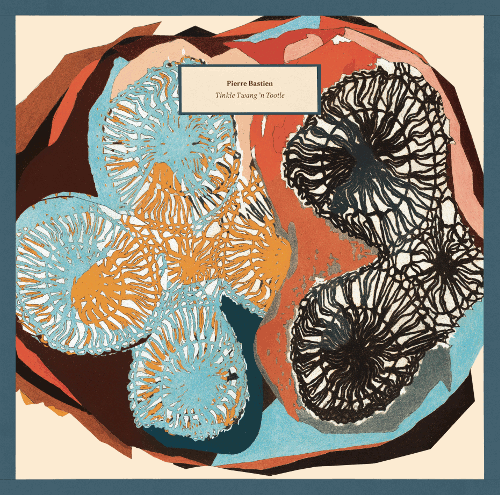 Oh, liner notes! I get that some people just want the music to speak for itself, but, frankly, that’s nonsense. I want someone to put it in a context, which is what Awesome Tapes From Africa have done here; thanks, ATFA. We learn that SK Kakraba comes from a line of gyil players, and we learn that the distorted buzzes on the slats is caused by silk walls of spiders’ egg sac and is called paapieye in Lobi.
Oh, liner notes! I get that some people just want the music to speak for itself, but, frankly, that’s nonsense. I want someone to put it in a context, which is what Awesome Tapes From Africa have done here; thanks, ATFA. We learn that SK Kakraba comes from a line of gyil players, and we learn that the distorted buzzes on the slats is caused by silk walls of spiders’ egg sac and is called paapieye in Lobi.
The typical thing for me to say with albums like this is that I annoy myself by not really knowing much about the tradition. I’ve come across gyil stuff before — Seth Cooke from bangthebore.org shot this video a few years ago, which is well worth a look — but having heard not much of something doesn’t really qualify me to say whether or not it’s any cop in its own context. But it probably is. I mean, this is pretty thorough music — it’s a big wash of complex rhythms, it’s never clear whether pulses are fully articulated and constant or a habit of my own ears, there’s a lot of melody floating about and it’s never entirely clear quite how two hands are capable of producing quite so many voices. The suppleness of this man’s wrist is absurd — (seemingly) hard and heavy hitting goes straight next to some delicate strokes at breathtaking speed. The liner notes say that the gyil master tends to also build their own instrument, so I guess Kakraba’s bordering on Biblically intimate with his gourds. So while I’ve no idea where it sits within the tradition, there’s definitely plenty of chewy complexities to stick in your craw in.
Another great thing about liner notes is when you have traditional music that isn’t merely the fun stuff. So there’s two funeral songs here — seemingly a simple one that kids play and a more complex one for gyil masters. It might be that the CD is designed as an arc — showy and short opening number, drinking song, two funeral numbers and some dancier bits. The funeral numbers aren’t particularly maudlin, to my ears, but definitely a smidge more shifting and lyrical, bass figures slinking around and plenty of emphatic repetition. And closer “Guun”, the dancier number, is maybe only slightly differentiated by having more clearly signposted downbeats (as it were; that’s probably an inappropriate term here).Anyway, yeah. So this is a cracking record. Thirty minutes or so, so a brief one, but packed to the gyils (sorry, and doubly so because gyil isn’t pronounced anything like “gills”) with complexity and melody. And I really can’t emphasise enough that meaningful liner notes are an absolute blessing in these times of parity. Mad props to Awesomes Tapes from Africa.
-Kev Nickells-


